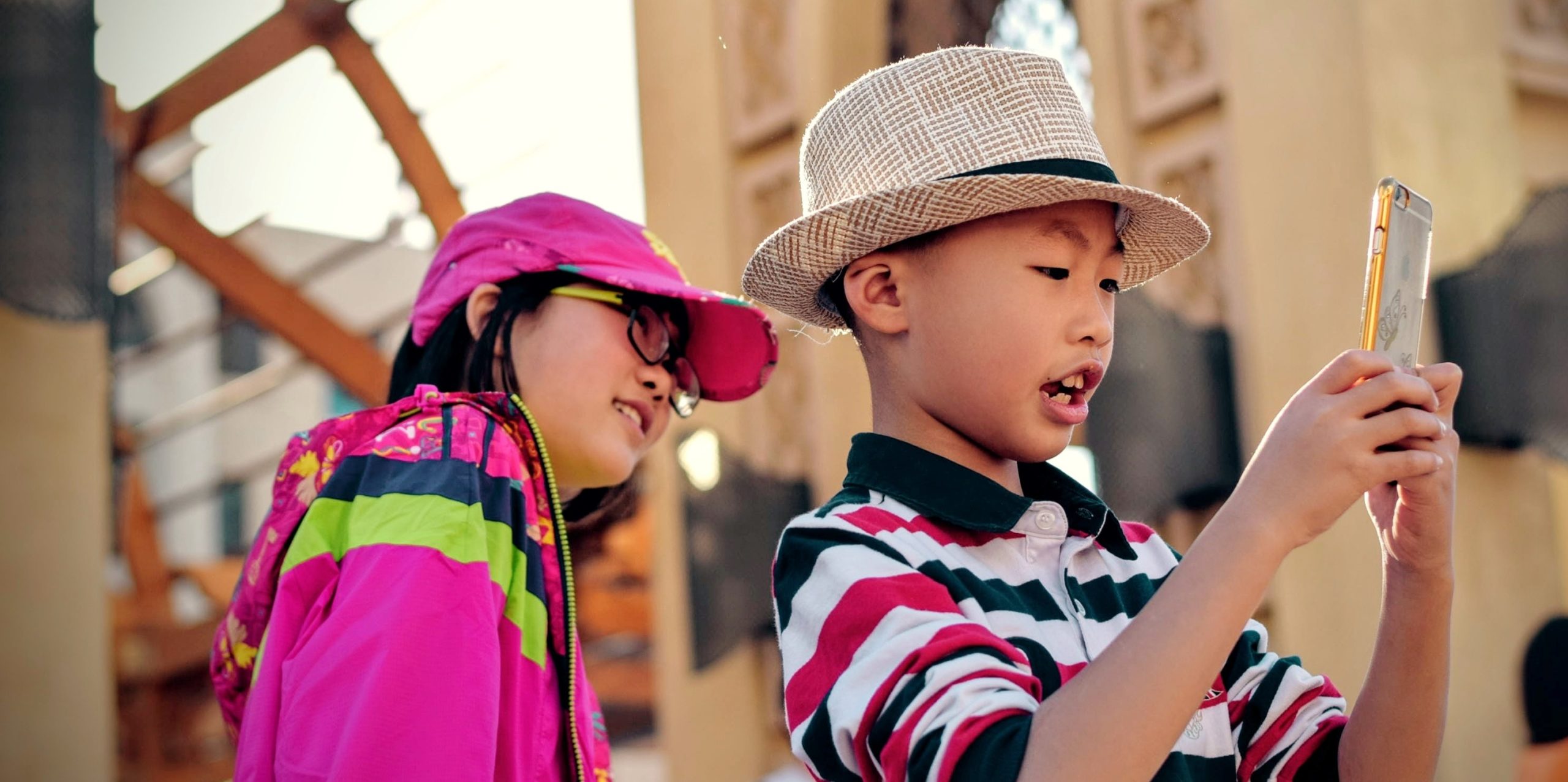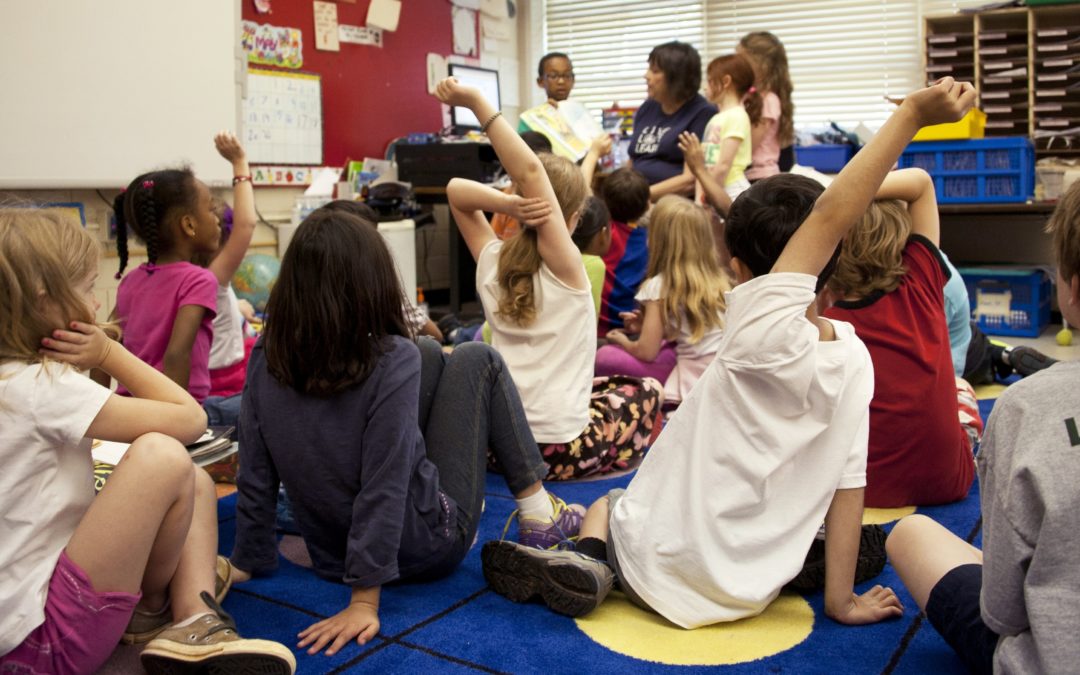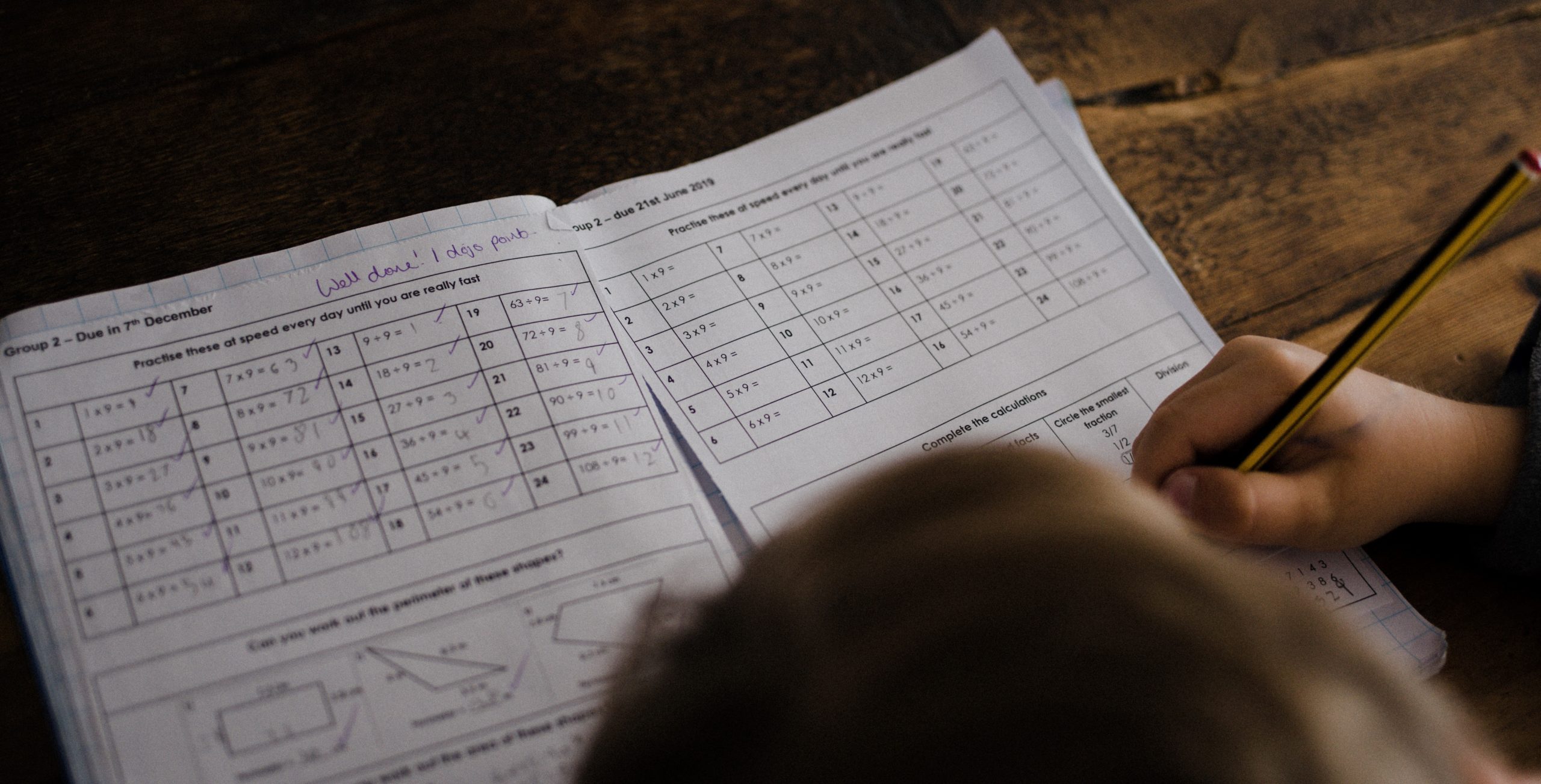
by | Mar 12, 2011 | Education, parenting, Ruth M. Floresca, woman
By Ruth Manimtim-Floresca
All of us go through a lot of firsts in our lives. I remember being patiently taught by my grandmother how to iron my school uniforms when I started my freshman year in high school. It took a few weeks before I got the task down pat but, finally, I did! And from then on, I would iron all my uniforms on Sunday nights and fold them neatly in my large bag the next day before I leave for my boarding house in Los Banos where I stay during weekdays.
When our kids were old enough to do chores, my husband and I also painstakingly instructed and demonstrated to them how to do things so they could help around the house. In the process, we’ve had days when the rice was either soggy or crunchy; red hotdogs have turned black; the pot of boiled eggs had emitted clouds of smoke because the water had dried up while the flames underneath continued their merry dance; an expensive pair of pants was burned by a too-hot iron; plates and glasses flew from soapy hands to land as tiny pieces on the floor; and many other disasters.
Sometimes, our patience would be stretched to its limits but we knew we can’t give up helping the boys “get it right.” How else could they learn if they are not allowed to make mistakes?
Nowadays, whenever I’m up to my neck in deadlines, I could continue working on my laptop or leave the house to attend a media event while a teen or pre-teen would take over washing the dishes, sweeping the yard, feeding the dog or, even, cooking menudo!
For us, having no maid to rely on for years now is more of an advantage than a setback. We’re grateful for the opportunity to watch and wait for our kids to grow up as responsible human beings who don’t expect other people to do what they could already accomplish on their own. We also often remind the boys that we need to help each other out because, really, that’s what being family is all about.
Photo by Allen Taylor on Unsplash

by | Mar 11, 2011 | Education, Lyra Pore, parenting, woman
By Lyra Pore
It’s Sunday afternoon and I’m lying in bed, feeling a bit under the weather. My six-year-old daughter comes to me and asks: “Mom, can you play with me on the computer?” “Can you not play by yourself?” “No, I need a parent to play with me.”
It turns out she wants to create an account in Woogi World, a virtual educational community for children from kindergarten to Grade 6. The website uses gaming and social networking technologies to teach kids and claims to meet academic standards of US federal and state governments.
My kids have been taught in computer classes at school to ask for parent supervision when they go on the Internet. The school educates the parents too. We get tips for minimizing potential risks of online computer use through a newsletter the teachers send out every Wednesday. Let me share some of them with you:
“1. Never give out identifying information — home address, school name, or telephone number — in a public message such as chat or newsgroups, and be sure you’re dealing with someone both you and your children know and trust before giving out this information via e-mail. Think carefully before revealing any personal information such as age, financial information, or marital status. Do not post photographs of your children in newsgroups or on Web sites that are available to the public. Consider using a pseudonym. Avoid listing your child’s name and e-mail address in any public directories and profiles, and find out about your ISP’s privacy policies and exercise your options for how your personal information may be used.
“2. Get to know the Internet and any services your child uses. If you don’t know how to log on, get your child to show you. Have your child show you what he or she does online and become familiar with all the activities that are available online. Find out if your child has a free Web-based e-mail account, such as those offered by Hotmail and Yahoo!® , and learn their user names and passwords.
“3. Never allow a child to arrange a face-to-face meeting with someone they “meet” on the Internet without parental permission. If a meeting is arranged, make the first one in a public place, and be sure to accompany your child.
“4. Never respond to messages that are suggestive, obscene, belligerent, threatening, or make you feel uncomfortable. Encourage your children to tell you if they encounter such messages. If you or your child receives a message that is harassing, of a sexual nature, or threatening, forward a copy of the message to your ISP, and ask for their assistance. Instruct your child not to click on any links that are contained in e-mail from persons they don’t know. Such links could lead to sexually explicit or otherwise inappropriate Web sites or could be a computer virus.
“5. Remember that people online may not be who they seem. Because you can’t see or even hear the person it would be easy for someone to misrepresent him- or herself. Thus someone indicating that “she” is a “12-year-old girl” could in reality be a 40-year-old man.
“6. Remember that everything you read online may not be true. Any offer that’s “too good to be true” probably is. Be careful about any offers that involve you going to a meeting, having someone visit your house, or sending money or credit-card information.
“7. Set reasonable rules and guidelines for computer use by your children. Discuss these rules and post them near the computer as a reminder. Remember to monitor your children’s compliance with these rules, especially when it comes to the amount of time your children spend on the computer. A child’s excessive use of online services or the Internet, especially late at night, may be a clue that there is a potential problem. Remember that personal computers and online services should not be used as electronic babysitters.
“8. Check out blocking, filtering, and ratings applications. Be sure to make this a family activity. Consider keeping the computer in a family room rather than the child’s bedroom. Get to know their “online friends” just as you get to know all of their other friends.”
Photo by Tim Gouw on Unsplash

by | Mar 11, 2011 | career, Karen Galarpe, parenting, woman
By Karen Galarpe
For the nth time, I ate at my desk at work today. Some days are hectic, some aren’t, and today is just one of the hectic ones at the newsroom.
In between writing and editing news about OFWs arriving from Libya, Fil-Ams observing Lent in America, and a 5-star chef whipping up gourmet dishes in Baguio City, I would grab a bite of my rice meal picked up from the food court, and think about what to write in this blog.
Sometimes I feel I am doing so many things—multitasking—but I just cannot NOT multitask. I am a mother after all, and a daughter, and a sister, and a working journalist, and a friend too.
And so I try to do what I can on most days, armed with a little prayer to God up there, and with a smile to greet the people around me. Better to brighten up the world, right? There are just so many weird and bad things happening in the world around us.
If you’re a mom, you’d know what I’m talking about—multitasking—and probably can recall having to make a grocery shopping list while waiting for a meeting to start, or dropping by a bookstore on the way home from work to buy a cartolina or some oslo paper your child absolutely needs the next day.
Some days you field a call from the office while stirring that spaghetti sauce in the kitchen at home. At other times, you just drop everything and care for your child who is nursing a high-grade fever.
Motherhood—it’s tough, and more so if you’re a working mom at that. But no other calling is closest to my heart than being a mom to my son, now a teenager.
Along the way, I’ve learned many things about mothers, kids, teaching, learning, bonding, living life, celebrating each moment. I won’t pretend to know it all, but will share here what I know works. After all, we’re all in this—motherhood—together.
So smile, mom, no matter how busy you are.

by rossanahead | Mar 9, 2011 | Education, Gina Abuyuan, parenting, woman
By Gina Abuyuan
On my Facebook account, I recently posted an old article we ran in the now defunct HIPP (Happy, Intelligent, Progressive Parenting) magazine. It’s about choosing between traditional and progressive schools, and how to find the perfect fit for your child.
Surprisingly (well, to me at least), it earned quite a response: parents who had already decided on a route, parents embarking on the new journey of school-hunting, even non-parents threw in their two-cents’ worth on the subject. It was clearly a much-talked about topic among the Gen X and Gen Y parents; this issue didn’t even exist during our parents’ (the baby boomers) time. All our folks knew was that their kids were going where THEY went to school—it was to continue a “tradition,” which may or may not have afforded their kids (us) the best environment where we could shine. It was a different time and world: kids were boxed in a certain mold of being “smart,” and sometimes assigned the label of “not-so-smart” if he or she didn’t fit in that mold or expectations of society. Excellence was measured by the ability to memorize facts and sticking to the rules without the added value of critical thinking. Learning was limited to the four corners of the classroom—and perhaps extended to the home, but under a tutor’s guidance.
But that was then, this is now.
Gen X and Gen Y parents have so much access now to so many different kinds of education and learning. There are so many different ways to make a child thrive intellectually, socially, psychologically, physically. Obviously, I advocate non-traditional schooling. All my kids attend progressive schools. My seven-year-old twins attend a blended program—I like to call it semi-homeschooling—which gives them two days of “school,” learning under teachers who teach them the regular required DepEd subjects, and one day of enrichment classes (art, nature appreciation, writing). The rest of the week is spent learning with me—not hunched over textbooks and quiz papers, but doing online math games, going on virtual tours of the MOMA, or plain going out on self-imposed field trips. Some can even call it un-schooling.
The point is that I get as involved as I can in their learning and am witness to the beauty of wonder in their eyes and their rapt attention as we walk through Intramuros or the Manila Seedling Bank or wherever. More often than not, I learn alongside them. I personally believe it’s a path every parent should try, at least for a year.
Of course, non-traditional schooling is not for every child, or for every parent. Deciding on the manner of education that you give your child will have to be in line with your values as a family, and your children’s personal inclinations.
More on that in my next entry.
Featured Photo by CDC on Unsplash

by rossanahead | Mar 9, 2011 | Education, Lyra Pore, parenting, woman
By Lyra Pore
“Mom, if 5 ¾ is ½ of a certain number, what would that number be?” That’s my daughter asking me from the back of the car. I’m driving with my three kids, aged ten, six and one– and watching other cars while trying to change lanes just isn’t the best time to work out fractions.
There’s hardly a “best time” though to help my children with homework. I’m a full-time editor in the Australian office of a multinational publishing company. I get home from my office in Sydney’s North Shore just in time for dinner and for a quick chat with the family before I put my youngest daughter to bed. That’s why we talk about school every chance we get: in the car, in the parking lot, in the playground, anywhere.
“Off the top of my head, I can tell you it’s 11 ½,” I reply to the fractions question, having just steered the car to the right when another driver gives way. “But there’s a correct way to do it. It’s important that you know the process, so you can work it out regardless of what fraction is thrown at you. We’ll talk about it later.”
It’s easy enough to calculate halves and quarters without pen and paper, but I admit I don’t always have a ready answer to all my daughter’s questions. Thankfully there are lots of resources on the Internet to help parents like me cope with challenging Math questions.
“There’s something I want to show you,” I tell her that night, turning on the laptop in her bedroom. I type the URL http://www.mathsisfun.com in the browser, which brings us to a Web site that explains Math in a language that elementary and high school students can understand easily. It provides simple, easy-to-follow, step-by-step instructions on a variety of problems from numbers to algebra, data, and geometry to measurement. There are games and worksheets too. I click on the Fractions Menu and there we find a quick guide to working with proper, improper and mixed fractions and how to simplify, compare, add, subtract, multiply, divide and convert them to decimals or percentages.
“I’ll put this in your ‘Favorites.’ When you have a Math problem, we will look it up here.” Today when I can’t give a quick response to her questions, we save the discussion for when we get home–and out of the car.
Photo by Annie Spratt on Unsplash

by | Mar 9, 2011 | Education, Mari-an Santos, woman
By Mari-An Santos
I was seven years old when I first set eyes on Baguio—and it was love at first sight. Though I do not remember this, my father would later recount that I told him then that one day, I would live in this city.
Fast forward to 20 years later, I was at a crossroads in my life trying to decide what to do next. I went up to Baguio with a friend after five years of not seeing the place. On a whim, I applied for a teaching post at the University of the Philippines Baguio and was accepted. I took it as a sign that I should live out my childhood dream.
It was not easy. I was very nervous and afraid of what lay before me. I did not know anyone there. My father knew two people who lived there, and one of them agreed to let me rent a room. I, who had never lived alone, had to live away from my family.
I bought a map and on weekends, I would pick a place and explore it on foot. Soon, I could answer competently when tourists ask me for directions.
Thanks to my friendship with fellow teachers, I got to know other people in the community. And soon, I was on speaking terms with various artists in Baguio.
I also got acquainted with some restaurant owners, since I would frequent their establishments. They are now my friends.
I knew how to cook but it had been some time since I went to the wet market. From experience and referrals, I found out where to buy organic vegetables and cheap fresh seafood.
Now, I even know more people and places than many local Baguio residents. That’s because I stepped out of my comfort zone and went from the familiar to conquer the unknown in my life. I never thought that at 27, I would still be able to forge new friendships and discover different talents and passions. As I so happily discovered, learning has no age restrictions.






